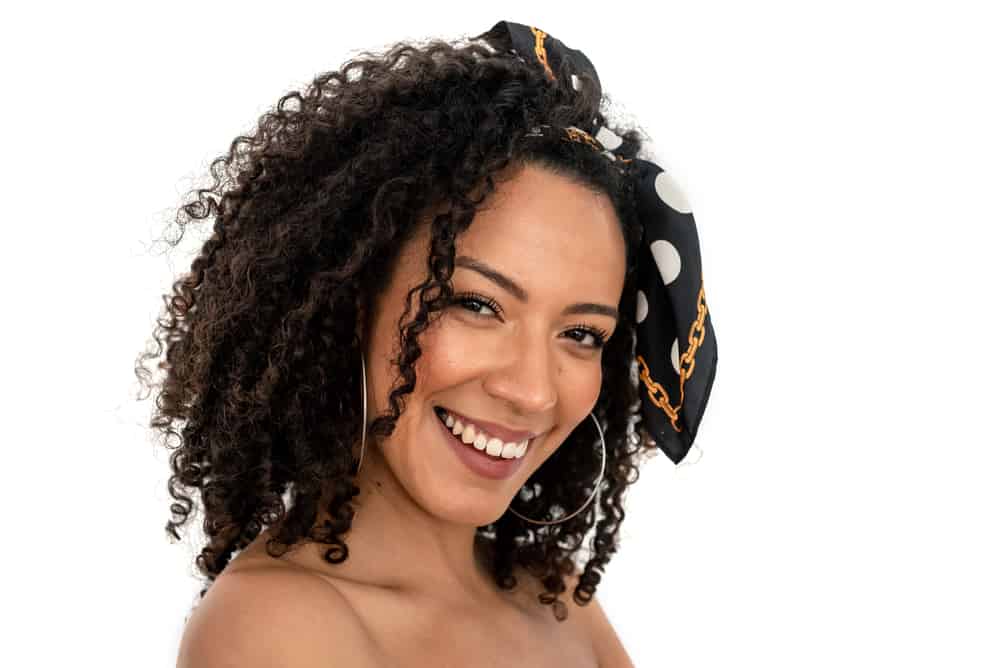
Hydration is the key to healthy natural hair, and that's why the LCO method is so popular among naturals. It gives your curly strands the moisture they crave.
If you want to soak up some LCO method knowledge, you're in the right place. We will take a deep dive into the LCO method and explore what it is, why it works, and how to do it.
Table of Contents
What Is the LCO Method?
The LCO method is a hair moisturization technique that involves layering hair products to impart lasting moisture to the hair. The technique is most commonly used on curly natural hair, which is prone to dryness.
In order to understand the LCO method, you need to understand the LOC method. The original LOC method was named by Alikay Naturals founder, Rochelle Graham Campbell after being created by Chicoro, author of a hair growth book named 'Grow It'.
The acronym LOC stands for Liquid, Oil, Cream. When doing the LOC method, you should apply your leave-in, your oil, and then finish things off with a cream.
But with the LCO method, the last two steps are reversed. The LCO method stands for Liquid, Cream, Oil, where you apply the leave-in first, then the cream, and the oil last.
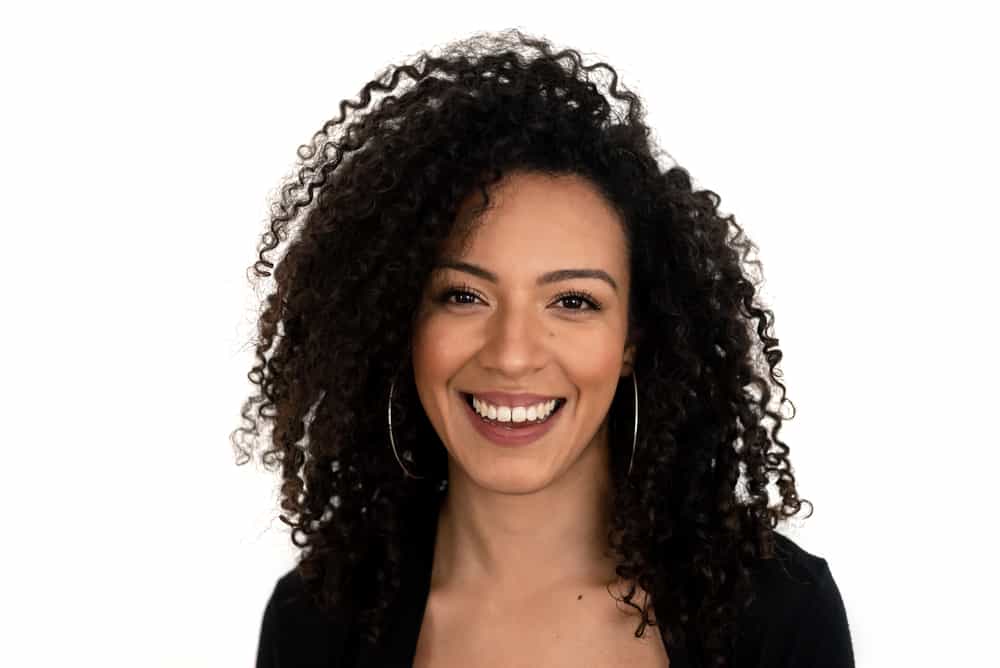
Should You Use the LCO Method?
The LCO method is not for everyone - it's specifically for Curlies with low porosity hair. If you're not sure what hair porosity is, we can help.
Low porosity hair has tight cuticles that lay almost flat, making this hair type very difficult to moisturize. But once you manage to moisturize your low porosity hair, the moisture is easily retained for days.
High porosity hair, on the other hand, has raised cuticles (often caused by chemical processing, heat styling, or other damage-inducing practices). Since the hair cuticles are raised, the hair readily accepts moisture but loses it very rapidly.
Hair porosity is not a subject that everybody knows about. Luckily, if you're unsure of the porosity of your hair, you can find out in just a few minutes.
Test your hair porosity by putting a strand of clean hair in a cup of water and waiting for a few minutes:
- Low porosity: If you see your hair floating on the surface of the water after several minutes, then it has low porosity. You'll also notice that water seems to sit on top of your hair instead of being readily absorbed.
- Medium porosity: If the hair neither floats nor sinks to the bottom, the hair is considered medium porosity.
- High porosity: If the hair sinks to the bottom of the cup of water, you have high porosity hair. You may also notice that your hair soaks up products easily but gets dry again before long.
If you have high porosity hair, we recommend that you explore the LOC method, as it's more geared to high porosity hair.
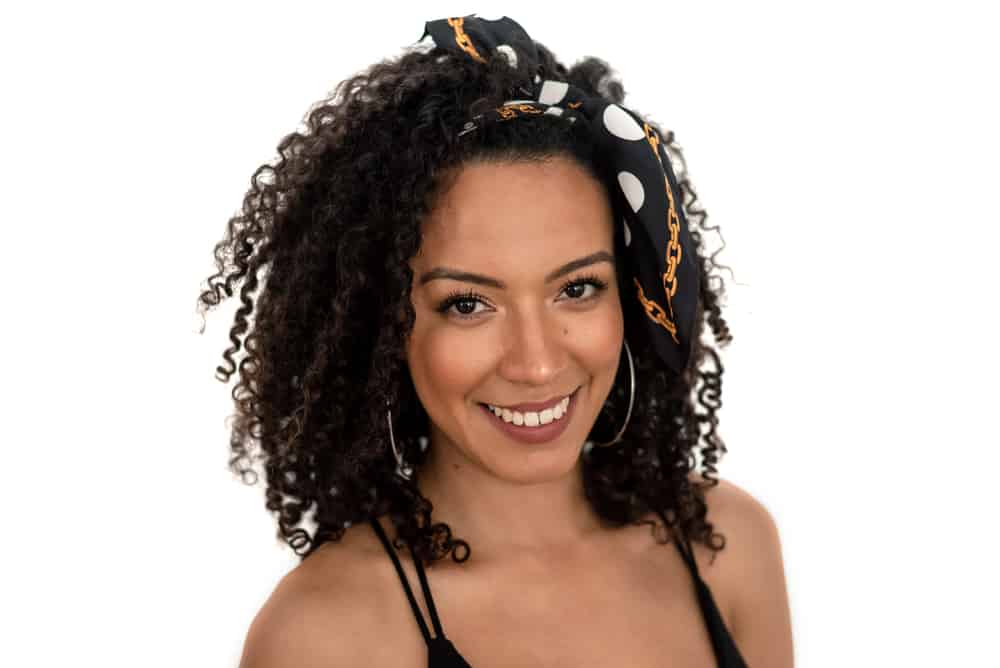
The LCO Method Acronym
The LCO method requires you to take three steps as indicated by the acronym LCO. In the below section, we will give you additional information about each LCO method step:
- Liquid - The "L" in the LCO method represents liquid. The liquid that you should use for this step is a water-based leave-in conditioner, though some use water with success.
- Cream - The "C" in the LCO method stands for cream. Curl butters, styling creams, and cream moisturizers all fall into the "cream" category. In the LOC method, the cream comes last, but in the LCO method, it comes second.
- Oil - The "O" in the LCO method stands for oil. For this step, you'll apply a light oil to your hair. A couple of the most widely available lightweight oils include coconut oil, olive oil, and argan oil. Lightweight penetrating oils will impart much-needed moisture to your strands, despite low porosity hair's tendency to resist moisture. We advise against using sealing oils if you have low porosity hair, as they can leave your hair super greasy, especially after applying your leave-in and cream. Also, they'd be useless on low porosity hair, being that it doesn't necessarily need help with moisture retention - it needs penetrating moisturizers, instead.
Products to Use for the LCO Method
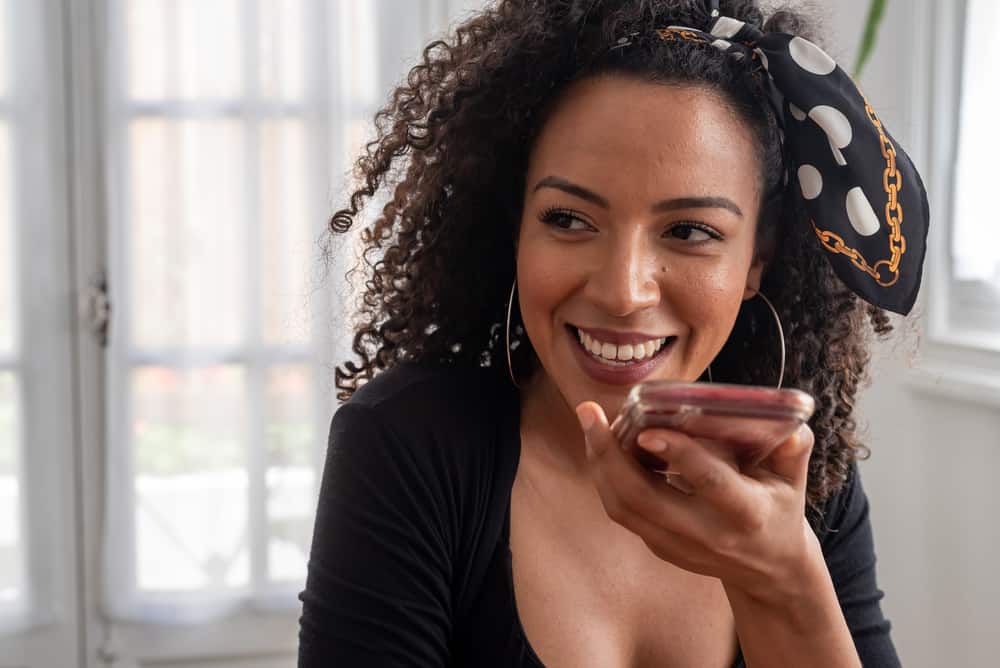
One of the most significant issues that people have when trying out the LCO method is not knowing which products to use. To make things a bit easier, we'll give you some great product choices to start off with:
Leave-ins
Carol's Daughter Black Vanilla Leave-in, Marc Anthony Strictly Curls, and Shea Moisture Sugar Cane Leave-in - These spray leave-ins are all great to use for your "L."
They are formulated with water as the first ingredient and contain moisturizers and humectants like aloe vera and glycerin. They are lightweight enough to penetrate and deeply moisturize low porosity strands.
Creams
Shea Moisture Curl and Style Milk, Curls Creme Brule, and DevaCurl Super Cream are great options to use for your "C." They all have nourishing ingredients and won't leave your curls greasy or weighed down.
Oils
For the "O," go for lightweight penetrating oils like Kate Blanc's Argan Oil and Coco & Co. Coconut Oil.
Note that while these products work great for thousands of people, your hair is unique and may react better to other products. However, these products provide a great starting point.
How to Do the LCO Method
Now it's time to learn how to do the LCO method. It's not good enough to slap a liquid, cream, and oil on your hair haphazardly. For the best results, follow the steps below:
Pick Up Your Supplies
To get started, make sure that you have the following supplies ready:
- Water-Based Leave-in
- Penetrating Oil of Your Choice
- Cream styler or moisturizer
- Alligator Clips or elastics (optional)
- Shampoo
- Conditioner
- Wide-tooth comb
- Towel (optional)
Prepare Your Natural Hair
Preparing your natural hair for the LCO method is crucial because layering products on dirty hair could render them ineffective. Here are the steps you should follow to get your hair ready:
Wash Your Hair Thoroughly
A good wash is the first step in prepping your hair for the LCO method. Wash your hair like you usually would with a moisturizing shampoo.
If you are experiencing buildup of any kind, switch out your regular shampoo for a clarifying shampoo.
In case you haven't heard, sulfate shampoos are notorious for leaving your hair dry, so dry that it may even feel brittle and crunchy.
Also, if you use sulfates on your hair regularly, it would defeat the purpose of hydrating your hair using the LCO method. So, whether you opt for a moisturizing shampoo or a clarifying shampoo, we recommend choosing one without sulfates.
To get your hair clean and preserve its moisture, focus the shampoo on your roots rather than your ends.
Scrub your scalp with the pads of your fingers and only move the shampoo down the length of your hair right before rinsing.
If your hair does not feel clean after the first shampoo, you can do a second shampoo session. It's crucial that your hair is clean and ready to receive moisture before you get started with the product layering process.
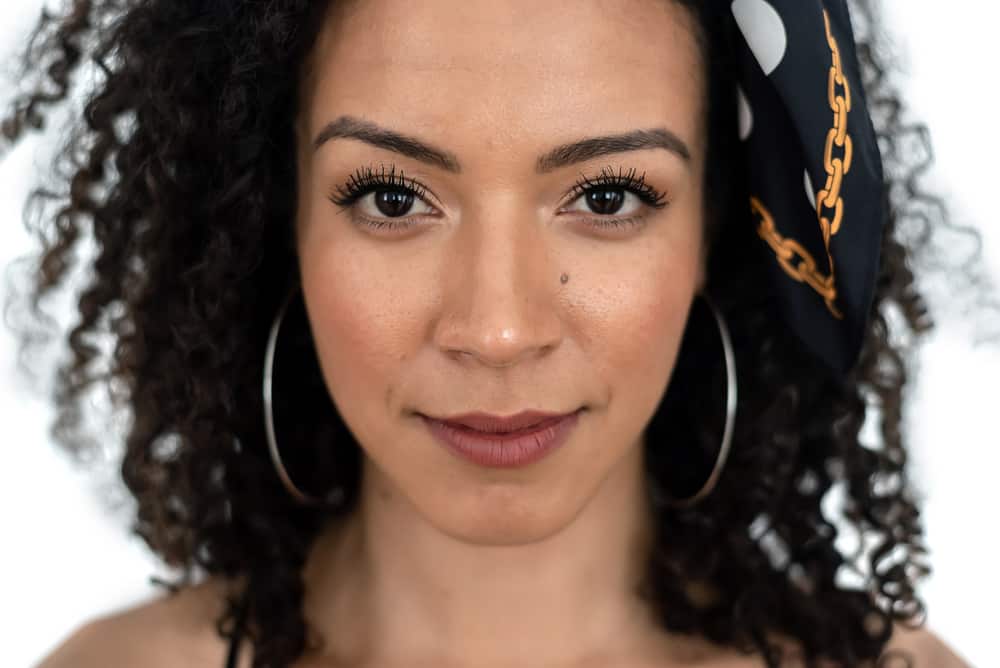
Condition Your hair
Once you've completed the shampoo session(s), it's time to condition. Dispense some conditioner into your hands and apply it to your hair.
Since your ends are the most fragile and damaged parts of your hair, make sure that you coat them thoroughly.
The perfect time to detangle your hair is while the conditioner is on it. Just grab your wide-toothed comb or use your fingers to detangle.
As you'll see in the following steps, the LCO method requires a bit of hair manipulation. To make sure that the process is as painless as possible, it's wise to minimize knots and tangles.
Dry Your Hair
Some think that your hair should be sopping wet to do the LCO method, but that's not true. If your hair is soaked, there may not be sufficient room in the hair shaft for the liquid, cream, and oil.
The easiest way to get your hair dry enough for the LCO method is to towel dry it. To remove excess water from your hair, you should gently pat it with the towel or wrap it up in the towel and then take it down after several minutes - it's best not to wring your hair out.
You could also allow your hair to air-dry completely, but it's not necessary.
Get to Layering
Next, we'll talk about how to layer your products. This is the most important part, so we've spelled out every step you should take in the below list:
- Separate your hair. Use a rattail comb to separate your hair into 4 to 6 sections, and then secure each section with alligator clips or elastic bands. You could also braid each section down, but this will take longer than the clips and elastic bands. Some may want to skip this step, but it's not recommended. Applying each of the products in sections helps you get them applied evenly and can make your hair easier to work with.
- Apply your Liquid - To start, release one of the sections and spray it down with your leave-in conditioner. Once you think you've thoroughly wet the section, run your fingers through the section a few times for good measure. You can also use a comb if that's your preference. After spraying and combing/finger combing the section, resecure it with your elastic, alligator clip, or braid it. Then, apply the leave-in to the rest of the sections one by one.
- Apply the Cream- Apply your chosen cream to each of the sections and comb it through. Just like in the previous step, take time to ensure that all of the hair is coated in the product.
- Apply your Oil - Apply your chosen oil to all of the hair sections. This is the final layer of moisture that you'll be adding to your hair. So, be sure to add enough to cover all of your strands. But do your best not to overapply the oil since it can cause your hair to take on an unnatural shine and even ruin your style. After applying the oil to each section, run your fingers through each section for even distribution.
After completing the LCO method, you can leave your hair as it is or style it as you normally would.
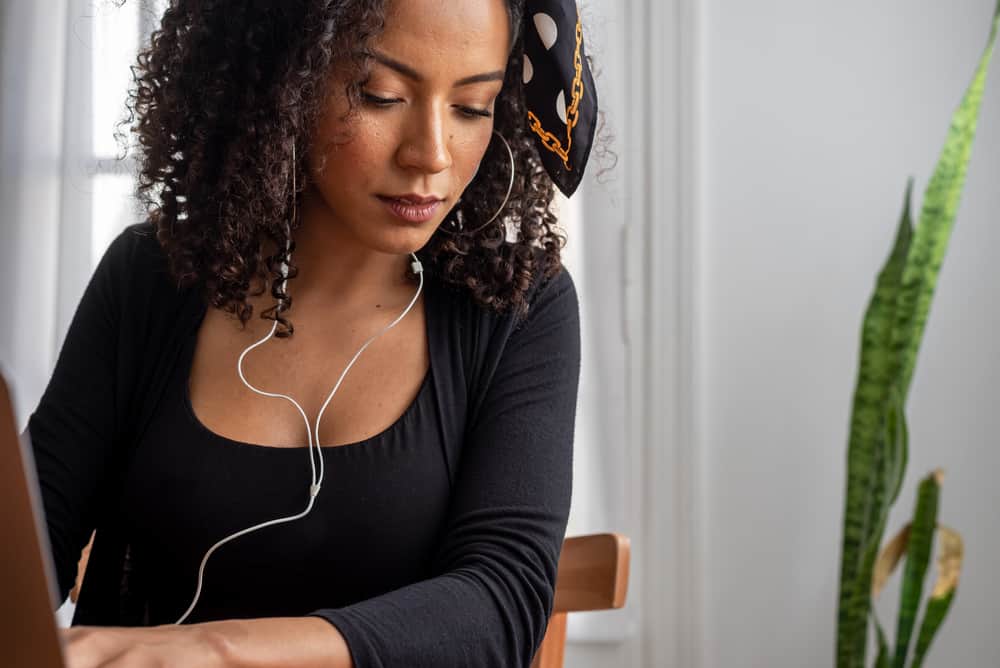
LCO Method Dos and Don'ts
The LCO method may seem easy, but when you get down to actually trying it, you could encounter problems. So, before you dive in, we'd like to share with you some dos and don'ts to help you through the process.
Dos
- Do remember that while the LCO method works for many, it doesn't work for everyone. If you've tried the technique many times with different product combos and aren't seeing the results you'd like, maybe a different variation of the LOC method (LO, LOCS, LOCO) would be a better fit for you.
- Do be sure to apply your liquid, cream, and oil all the way to the ends of your hair. With healthy, moisturized ends, you'll experience less breakage and enjoy enhanced length retention.
- Do keep track of how your hair looks before, during, and after doing the LCO method. This way, you'll be able to determine whether the technique is working for you.
- Do pay attention to the ingredients in the products you use for the LCO method. Products with natural ingredients are often much better for your hair than those with synthetic ingredients. Also, check whether your products are water-based - hint: they'll have water listed as one of the top 5 ingredients on the packaging.
- Do try the LCO method for a few weeks before making a judgment call on whether it's working.
Don’ts
- Don't get discouraged if the LCO method doesn't work for you the first time. The technique is only as good as the products you use - if the products you choose don't mesh well with your hair's chemistry, you may not get a good result. Try multiple product combinations until you discover your "holy grail" combo.
- Don't skip the hair prep step. Doing the LCO method on dirty hair is a waste of time. The products will not be able to do their magic if they sit on top of dirt and debris and never make contact with your hair.
- Don't add too much of any of the products. More is not always better. You want to add enough product without going overboard.

Can You Do the LCO Method Every Day?
If you're wondering whether you can do the LCO method every day, the answer is yes. However, you should probably do it less often because of the phenomenon of moisture overload.
When you moisturize your hair too much, the hair can become dull, overly stretchy, and weak. So, to avoid over moisturized hair, you should do the LCO method every time you wash your hair (once a week or twice a month).
If your hair is parched and desperate for moisture, you can do the LCO method every few days.
The LCO Method and Straight Hair
Though the LCO method is most commonly used by people with curly or wavy hair, those who have chronically dry straight hair may be able to use parts of it.
By this, we mean that you may benefit from layering a leave-in and then cream, or a leave-in and an oil. You could even try layering all three: leave-in, cream, and oil.
However, it's important to know that straight hair is easy to weigh down. So, try not to apply too much of any one product. It may help to apply each product sparingly at first and then add more if needed.
Pros and Cons of the LCO Method
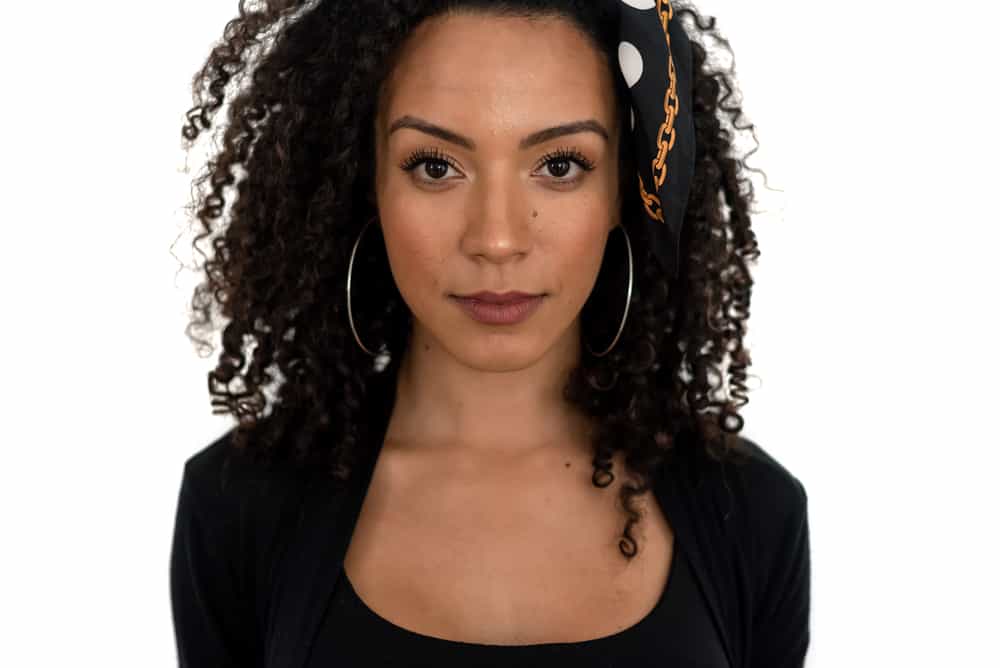
If you're still on the fence about whether you should try the LCO method, that's understandable. Maybe learning about the pros and cons will make the decision a bit easier.
The LCO method comes with its own unique pros and cons. Let's examine them in the below section:
Pros
- Layering your products the LCO way can help your low porosity curls retain moisture between washes. Moisturized hair stands up to manipulation and external elements, leading to increased length retention.
- The method is easy to remember, so once you get it down, it'll become second nature.
Cons
- There are so many product combinations you can use. This can make it challenging to determine which products to choose for your leave-in, cream, and oil and how much of each product you should add to your hair.
- The LCO method requires you to experiment with different products to determine which ones will work for you. This means that you could end up spending a pretty penny until you find the right products for your unique hair.
Many find that the pros far outweigh the cons, but you will have to be the judge of that.
- Which Is Better LOC or LCO?
- How to Properly Use the Squish to Condish
- Why Does My Hair Dry So Fast After Showering?
- Can You Put Lotion in Your Hair for Dry Scalp?
Our hope is that this article has reduced your level of uncertainty regarding the LCO method and encouraged you and others in the natural hair community to give it a try. We have a feeling you’ll see a dramatic difference in your hair!




